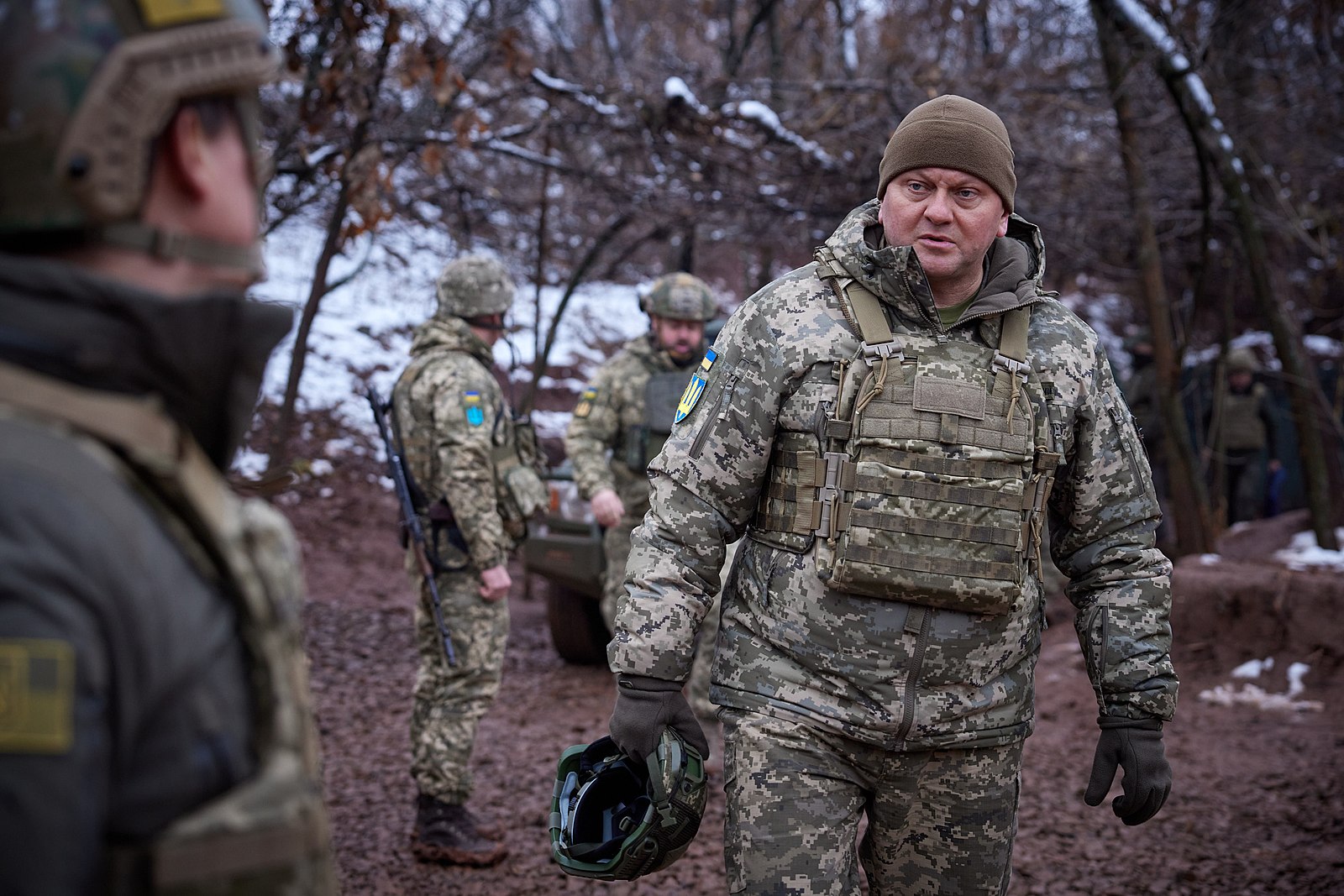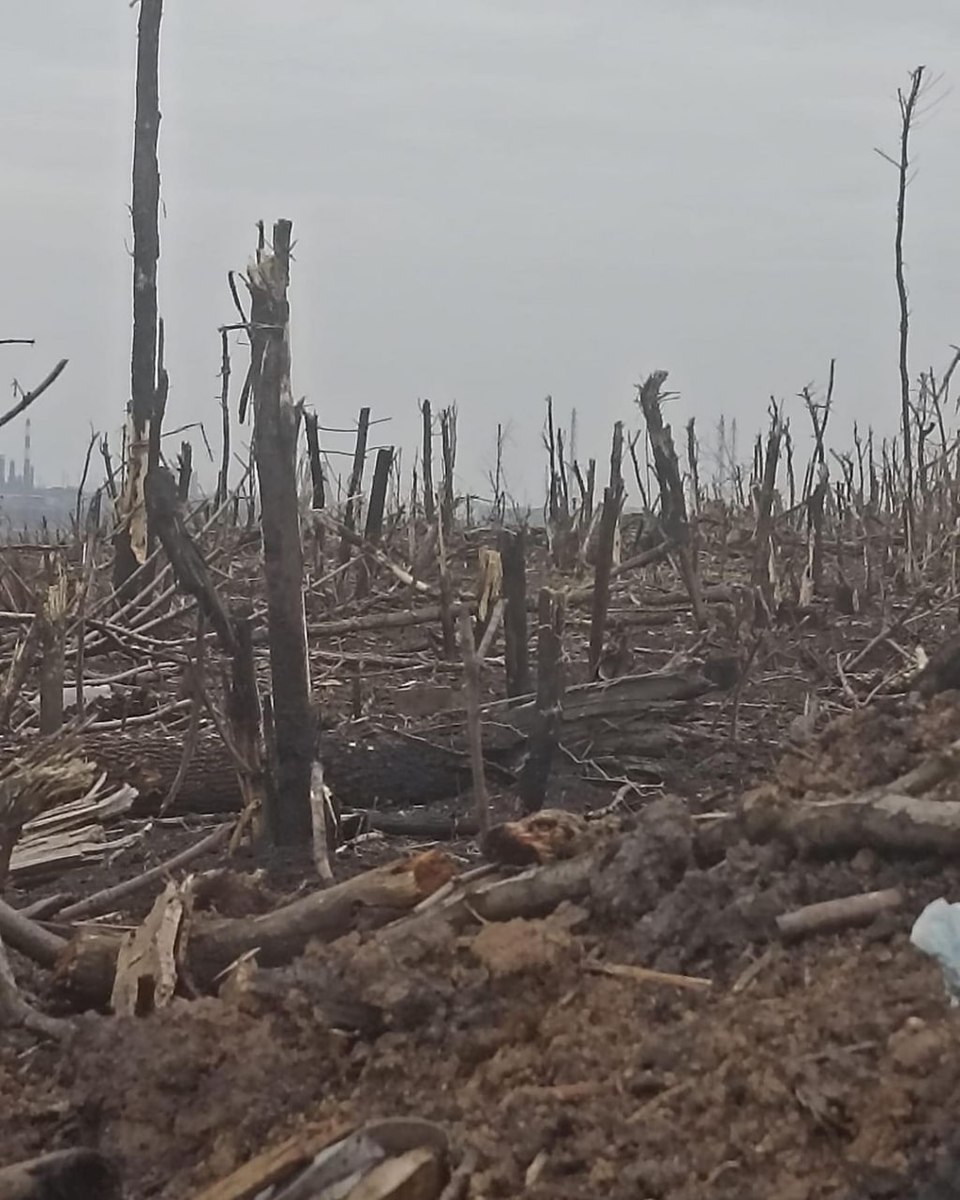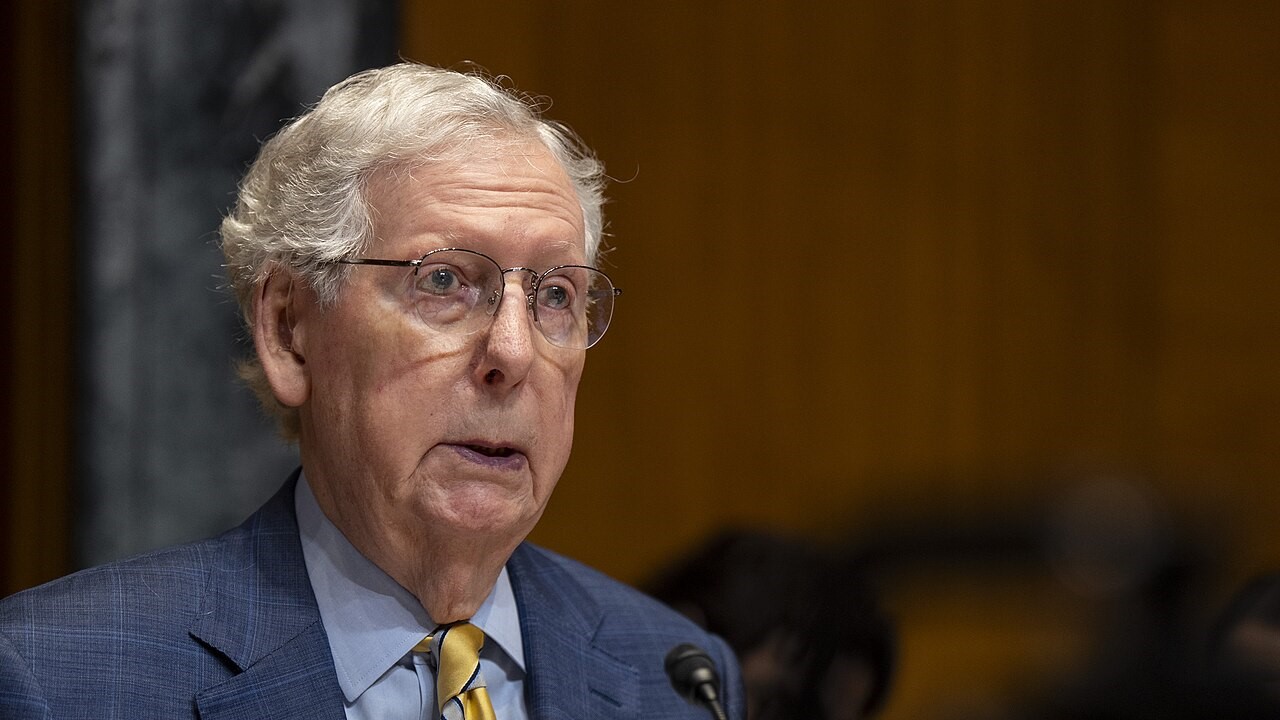An honest assessment of a situation helps us make the right decisions. Vladimir Putin would certainly have a lot to say about this... About how those around him twisted reality to suit his taste, lying about Ukraine, the West, and their own military, until Vladimir Vladimirovich convinced himself that he could force Ukraine back into the Russian sphere of interest with a “special military operation”. One of the great advantages the West has over Russia and similar autocracies is precisely that it sees consensus seeking and debate as virtues, not weaknesses, and criticism as something to be listened to, not silenced.
Speaking the Truth in a Post-heroic Age
But honesty is not just the absence of lying, it is also the speaking of the truth, sore as it might be. In this regard, however, the West seems to be likewise wanting. Jake Sullivan, President Biden’s national security adviser, has vehemently rejected the use of the adjective “proxy” for the current war, saying that Ukraine is fighting not for US objectives but for its own freedom and territory. During the Cold War, which proxy of the United States or the Soviet Union would have thought of itself as a puppet regime, acting solely in the interests of one superpower or the other? Talk of a proxy war is taboo. It is as if the fact that Ukraine’s heroic struggle for its freedom and territory happens to coincide with Washington’s interest in weakening Russia detracts from the legitimacy of Kyiv’s struggle and from the moral and strategic rightness of its support by the West. Conversely, to deny that the West is indeed part of this war, proxy or otherwise, is to reduce Western societies to fans watching spectator sports, “a stirring spectacle”, as if they had no stake in its outcome.
Ukrainian truthfulness

Commander-in-chief General Valerii Zaluzhnyi at the front in December 2021
“Success has many fathers, and failure is always an orphan”
Although Zaluzhnyi has undertaken to admit failure, the question of responsibility has created tensions both within the Ukrainian leadership and between Ukraine and its Western partners. Though, it is indeed difficult to find a single actor or factor to blame for the failure of the offensive. Of course, it is obviously easy to blame Washington for being over-cautious in crossing Moscow’s red lines when the consequence of omitting the balancing act is no more than a can of beer spilling on the keyboard, not thermonuclear war. Although there is no doubt that the Ukrainian forces would have benefited from an earlier delivery of cluster artillery munitions finally delivered in mid-July, or, better, ATACMS missiles, also equipped with cluster munitions, which finally made their debut in the highly successful attack on the Berdyansk and Luhansk helicopter bases on 17 October. A similar supply would hardly have gone amiss at the start of the counteroffensive, when, in the absence of short-range air defence systems, Ka-52 helicopters equipped with Vihr anti-tank missiles inflicted heavy losses on advancing Ukrainian mechanised forces.
The errors
The Washington Post, in its analysis of the planning and execution of the counteroffensive, lightly lays much of the blame for the failure on the Ukrainians. They delayed the launch of the counteroffensive originally planned for the spring; for too long and at too great a cost, they diverted their resources in three directions rather than concentrating them in one, and abandoned original plans far too soon after initial failures. There is much truth in this. But, as military expert Dmitry Kuznets has pointed out, it is precisely from leaked US reports that we know that most of the new brigades set up for the offensive would not have received the necessary weapons and training until the end of April. Thus, the offensive could in fact have started at most only a month earlier than it actually did, and the delay made little difference to the Russian defence build-up.
Tied up at Bakhmut

The battle of Bakhmut
All the more so because the Ukrainian army held Bakhmut far too long. Although the Russian losses were certainly far greater, there was a serious qualitative asymmetry between the two sides, with the Russian side fighting with the easily expendable convicts Wagner Group recruited from prisons. The Ukrainians, on the other hand, were tying up their most experienced units here, rather than, contrary to intelligence reports in the spring, transferring them to learn to use the new Western technology, and ended up deploying newly formed brigades, largely without combat experience, in Zaporizhzhya. The more experienced units would certainly have blundered less at the start of the counterattack and would have adapted more quickly. However, by withdrawing such troops from the Bakhmut area, the Ukrainian leadership would have risked losing further territory.
Instead of One Direction
The fragmentation of forces in several directions also seems, in hindsight, to have been a wrong decision. It should not be forgotten that the key to the Ukrainian success in Kharkiv and Kherson in the summer and autumn of 2022 was precisely the dilemma that they made Russian forces face, as result of which they were forced to redeploy significant forces from Kharkiv to Kherson, leaving the former largely unprotected. However, after the Russian partial mobilization in autumn 2022, the Ukrainian army has no longer had a superiority in manpower, and the offensive in several directions—Bakhmut and Orikhiv and Velyka Novosilka in the south—failed to break the Russian defences. And Sergey Surovikin, who proved far more competent than the Chief of the General Staff, managed to convince Putin to give up the areas of Kherson beyond the Dnieper. After the “difficult decision”, Surovikin immediately ordered the construction of the defence line, which took eight months before the start of the Ukrainian counteroffensive. During this time, the Russian army adapted slowly but effectively. Both the Western and Ukrainian leadership presumably built their hopes on the poor training and morale of the Russian forces. “The whole plan of our big counteroffensive was based on a simple thing—Russians see Bradleys, Leopards and they run away,” a Ukrainian company commander summed up the concept behind the attack, somewhat sarcastically, in hindsight. However, he also painted a disappointing picture of the coordination and cooperation between the forces and units at the start of the offensive, which was meant to have been the basis of success.
Structural Problems
Instead of the Russian and Ukrainian strategy of attrition, Western military planners had a large combined arms operation in mind, which would break through the Russian defences by rapid manoeuvres of mechanized forces. However, the capabilities of the Ukrainian forces did not allow for this, as they had lost a large part of their most competent commanders during a year and a half of all-out war. In July, Zaluzhnyi himself said that the Ukrainian forces’ break with their Soviet heritage was far from over and that it was the very generation that would bring change that was being lost. US trainers of the Ukrainian army also painted a devastating picture a few weeks before the counteroffensive was launched. They highlighted the lack of combined arms training and mission command, and the ineffectiveness of both Ukrainian and Western training. The Ukrainians did not acquire the basics of modern combined arms operations at skill level, and Western military planners and trainers were not aware of the capabilities of the Ukrainian army, its preferred way of war, and the specificities of the theatre of war. One Ukrainian commander even said “he would be dead if he fought exactly how the US and its allies taught him”. The counteroffensive would probably have been more effective if the Ukrainian leadership, faced with these dilemmas, had come to other decisions, but the objectives set (reaching the Sea of Azov, even penetrating Crimea) were hardly achievable because of the structural problems of the army and the characteristics of the operational environment.
What is the Stalemate?

Russian troops in northeastern Ukraine (February 2023)
What is at Stake in the Stalemate?
Thus, Zaluzhnyi meant by stalemate the bogging down of ground operations in trenches due to the changed character of war rather than the strategic situation, which is an important difference. The result of the stalemate is not an endless trench warfare with a few depopulated Ukrainian villages changing hands in a matter of months but a tipping of the scales in favour of the side with more resources. And that is Russia. If anyone had had doubts about the Kremlin’s real objectives over the past two years or so, Putin dispelled them all in his annual press conference, making it clear that they have not changed since the war began. Peace will come when the goal of “denazification” and “demilitarization” of Ukraine is achieved, he stated. It is worth bearing this in mind when putting short-term political interests ahead of support for Ukraine. While we can continue to insist that the West is not party to the war, everyone else thinks otherwise, as Ivan Krastev has pointed out. But most of all the Russians, who believe that although the armed conflict is taking place on the territory of Ukraine, it is just one (kinetic) theatre of war in a global war with the West, in which the collective West is “conducting full-scale global economic and information warfare against our country”. It is therefore time for the West to break its own taboo and face up to the uncomfortable fact that supporting Ukraine is not a favour but a fundamental interest of the West vis-à-vis Russia, which, unlike it, is very much at war with it.
The author is fellow of the Institute for Strategic and Defence Studies at the University of Public Service, Budapest
Translation by Péter Pásztor
Opening image: The Bakhmut front




